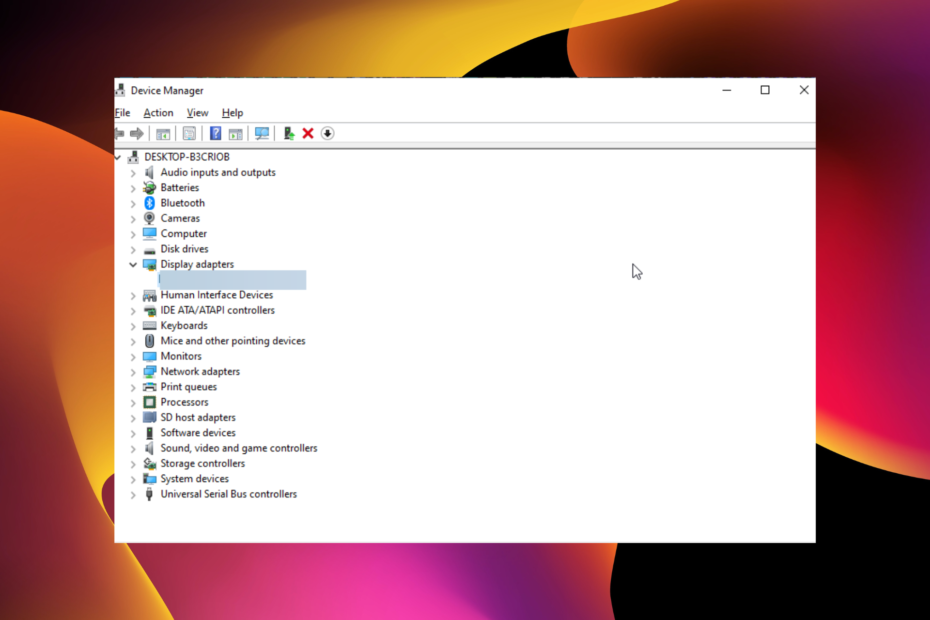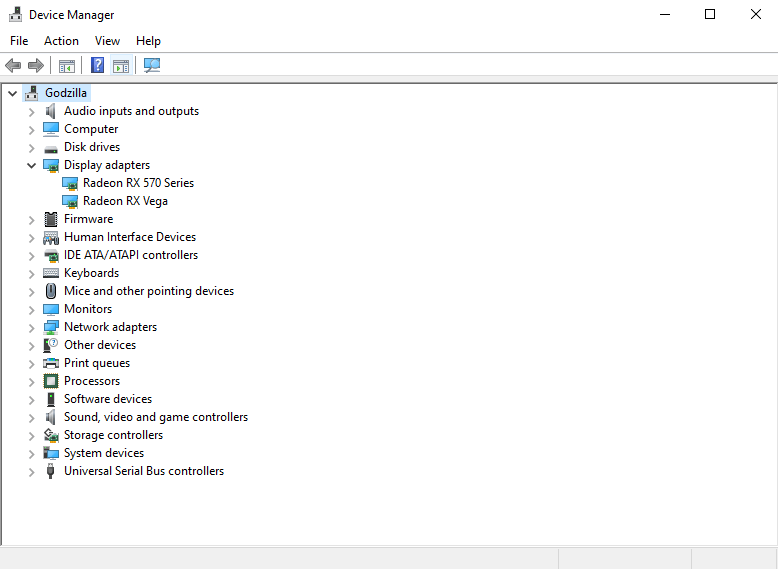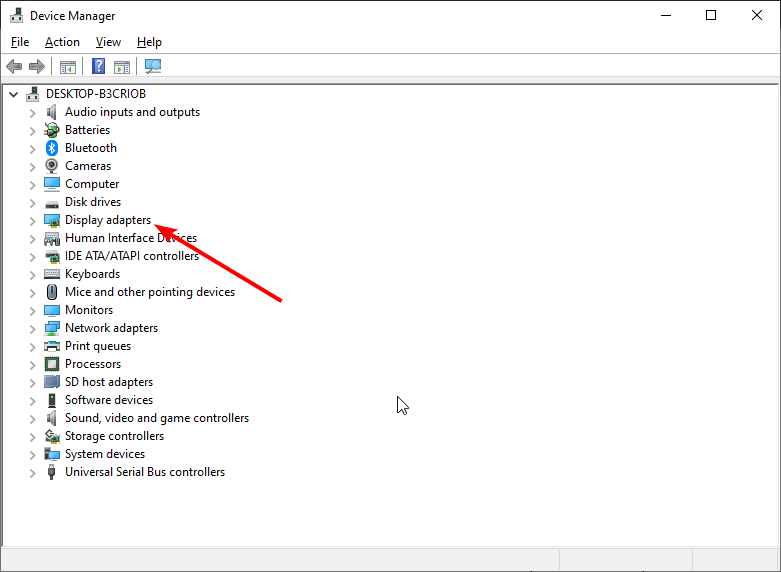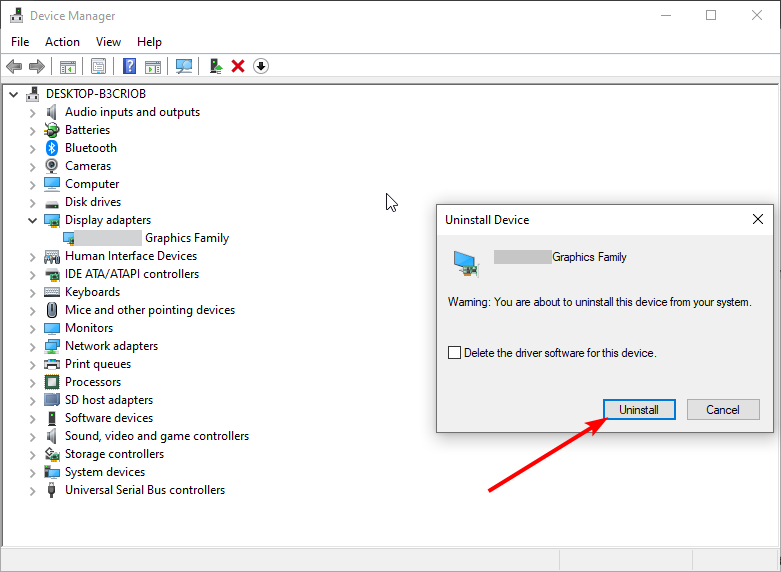GPU is a very crucial and integral part of a computer and in modern times the importance of graphics has increased in all smart devices, there is a separate dedicated hardware component that functions as the graphical processing unit. This demand for a powerful graphics processing unit is because modern software demands more and is capable of utilizing the graphics to produce the best performance. The gaming and graphic design industries are the two major boosters for graphic cards as they demand higher graphical processing.

When it comes to graphic cards, there are two notable brands that develop graphic cards that are used in millions of computers, mobiles, and other devices in the modern day and they are AMD and Nvidia. Where they both are seen to compete with each other and are on a mission to sell more cards than the other and with this active competition, the graphic cards developed are becoming more powerful day by day.
If you plan to play any games or do heavy graphical tasks on your PC, you need to get a video card. Video cards have two major components: A processor called the chip and a memory unit called RAM. Memory is where data and programs are stored while the processor performs calculations. There are three types of video cards: integrated, dedicated, and hybrid. Integrated cards have both the CPU and GPU built into the same package, whereas dedicated cards have only the GPU in them.
With graphics being a very crucial part of the computer ecosystem their proper functioning is essential. But at times, computers tend to run into errors, so the graphics cards don’t function well or they crash all of a sudden, so such instances are possible and all graphic cards succumb to this state. Well, here we will discuss the issue pertaining to the AMD cards on Windows computers. The issue seems to be the AMD card attached to the computer is not recognized in the device manager tool.
Recommended Post:- Issues with Opening XPS and OXPS files on Windows 10 & 11
Since the Device Manager is the place to find details about the devices like CPU, GPU, and Hard Disk that are connected to the motherboard; displaying all the devices on the screen is pretty important and any device that is missing from the list can mean an error. The error can be because of the device being problematic or the computer being unable to identify the device due to some other underlying issue. So, here in our case, the issue is with the AMD graphic card, which is not displayed on the device manager for some reason.
Major Reasons for AMD GPU to Not be Deducted from the Device Manager
So, to begin with, let’s first learn the root cause of the issue, after which we can fix the issue with ease. The cause for such happening are many but here are some common causes for the GPU to not display on the device manager.
Laptop Not Detecting the Graphic Card
Usually, the graphic card not displaying on device manager issues occurs on laptops that use AMD dedicated graphic cards.
AMD Graphic Card Not Detected on Windows 10
This issue on Windows 10 occurs when the graphic card is not properly connected to the computer.

Incompatible Driver
Incompatible drivers can be a major cause for this issue to occur on Windows computers as drivers are a major component of the Windows OS that bridges between the OS and the hardware.
So, with this said, let’s dive into learning the methods to fix the issue, so you can work efficiently without errors.
Simple Methods to Fix the AMD Graphic Cards Not Detected on Device Manager
So, here are some simple methods that you can use to fix the AMD graphic card not recognized on the device manager.
Method 1: Install the Latest AMD Driver
Drivers are the bridge between the OS and the hardware and installing the latest driver for a device is very important. Running on an old driver software might cause issues and you can fix this with ease by installing the latest driver from the official website of AMD.

- So, first, open the AMD graphic card website and look for the latest driver for your graphic card.
- Now, find the driver and then download it on your computer.
- Once downloaded, install it on your computer.
Method 2: Uninstall the Graphics Driver
- To uninstall the graphic driver, open the device manager.
- Here, locate the graphic driver and then right-click on it.
- Here, select the uninstall driver option to uninstall the driver.

Method 3: Install the Driver in Compatibility Mode
Using the compatibility mode to install or run software on Windows will provide the software and helping hand with running it efficiently.
- So, first, open the AMD graphic card website and look for the latest driver for your graphic card.
- Now, find the driver and then download it on your computer.
- Once downloaded, install it on your computer in compatibility mode.
Method 4: Check the Connectors:
If you are using a PC then you need to look out for loose connections, so check whether the graphic card is properly connected to your computer.
So, these are some of the simple methods that you can use to fix the AMD graphic card not recognized on the device manager.
Hope the information provided above was helpful and informative, with these simple methods to fix the AMD graphics card with ease.







